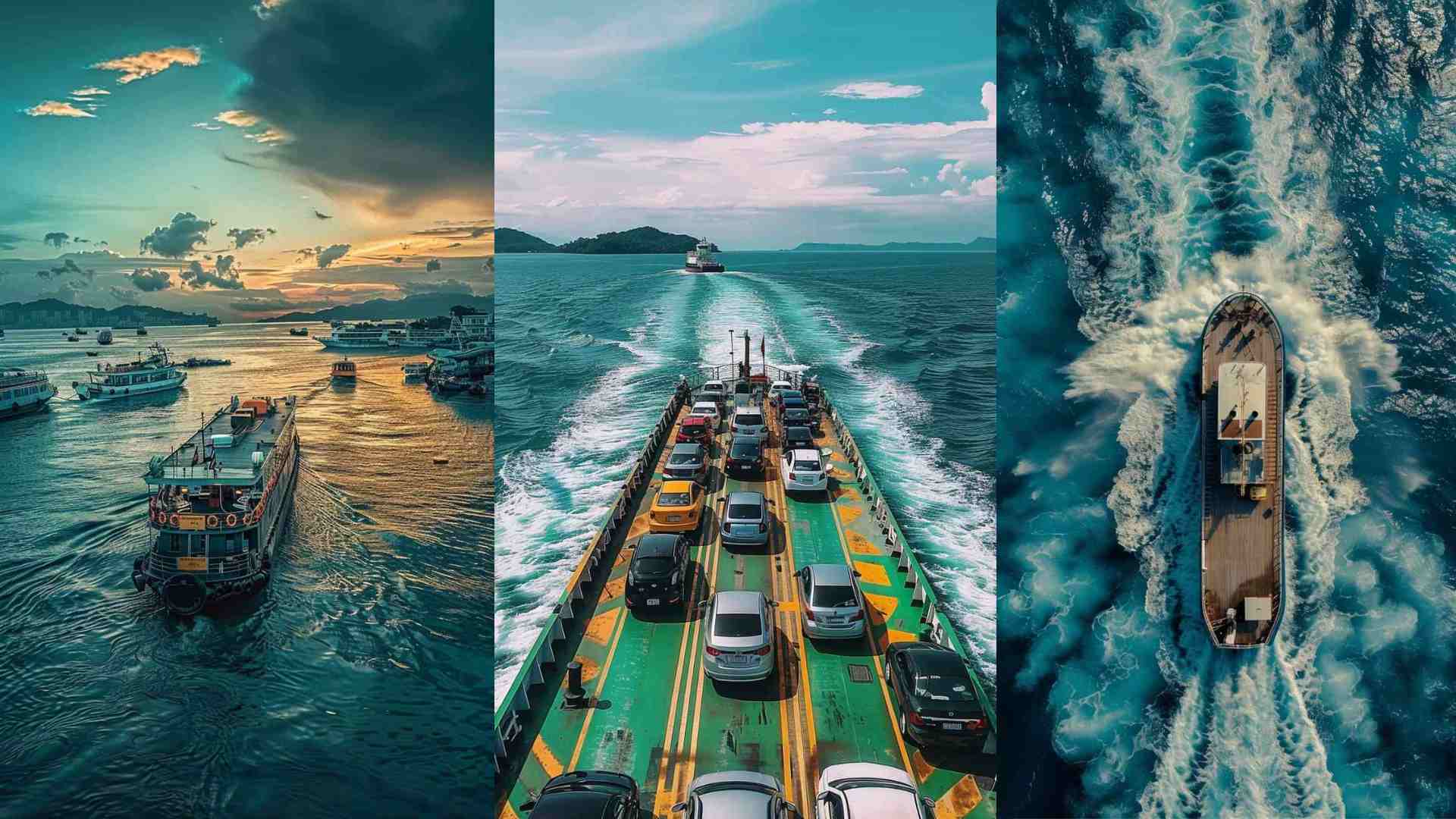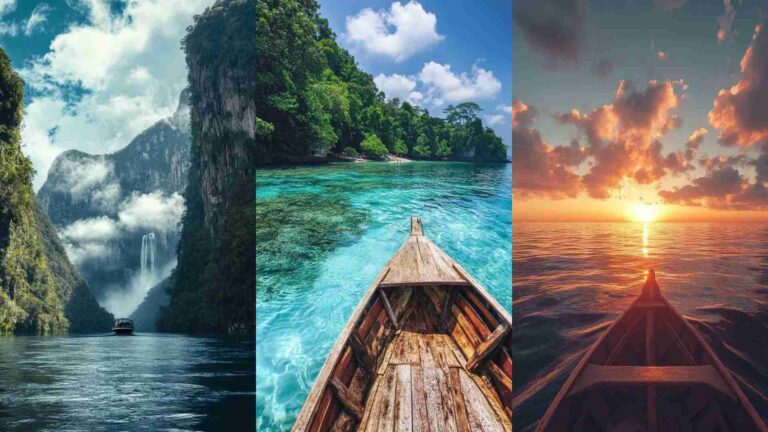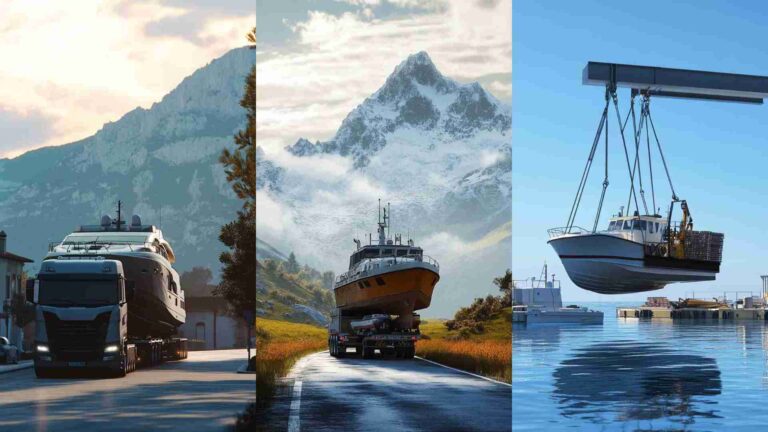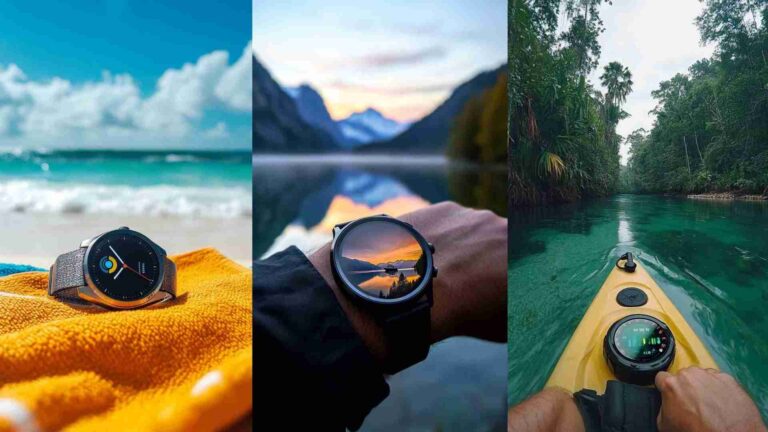Images of a Ferry Boat 4K HD Wallpapers
Ferry boats are an essential part of maritime transportation, connecting communities and facilitating the movement of people and goods across water bodies. Whether crossing bustling harbors or serene rivers, ferries play a crucial role in global transport networks. In this article, we’ll explore the diverse world of ferry boats through images, highlighting their types, designs, and roles in various settings. This visual journey will provide a comprehensive understanding of these vital vessels.









1. Types of Ferry Boats
Ferry boats come in various shapes and sizes, each designed for specific purposes and routes. Here’s a look at some common types:
a. Passenger Ferries
Passenger ferries are designed to transport people, often across short distances. They can range from small boats carrying a few dozen passengers to large vessels accommodating thousands. The design typically focuses on passenger comfort and safety, with seating areas, restrooms, and sometimes amenities like cafes or shops.
b. Car Ferries
Car ferries, also known as roll-on/roll-off (RoRo) ferries, are equipped to transport vehicles along with passengers. These ferries have large, open decks where vehicles can be driven on and off. They are essential for connecting roads separated by water, allowing for seamless travel and transportation of goods.







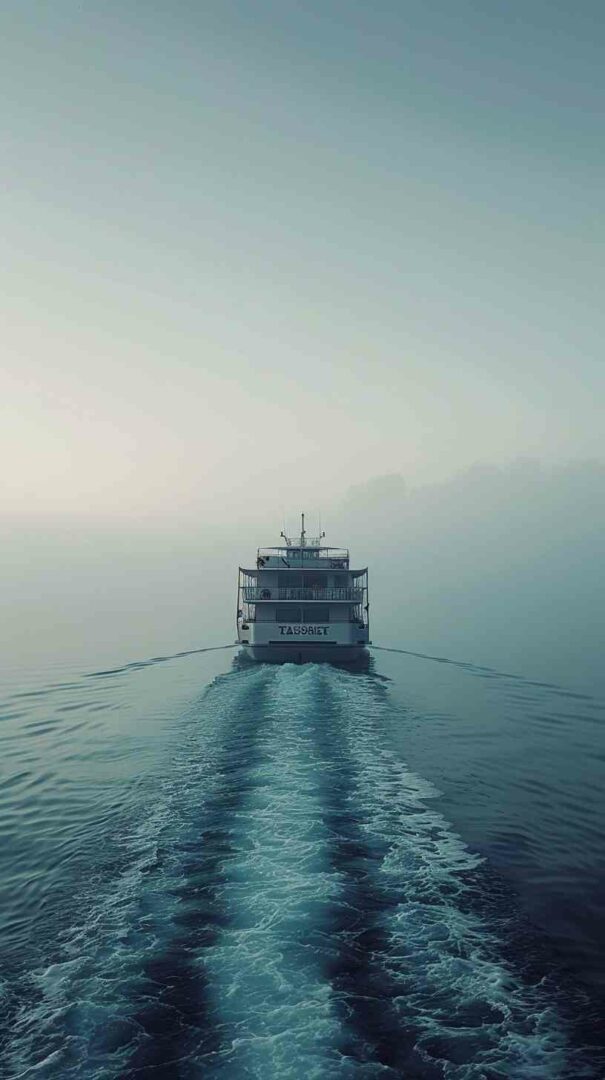

c. High-Speed Ferries
High-speed ferries are designed for fast transit, often covering long distances at higher speeds than traditional ferries. They are typically used for passenger transport and are known for their sleek, modern designs and powerful engines.
d. Cargo Ferries
Cargo ferries are specialized for transporting goods and cargo rather than passengers. They are crucial for trade and commerce, especially in regions where road or rail transport is limited. These ferries have large storage areas and are often used in conjunction with container shipping.
2. Design and Features
The design and features of ferry boats vary based on their intended use, route, and capacity. Let’s explore some key design elements:
a. Hull Design
The hull design of a ferry affects its stability, speed, and fuel efficiency. Passenger ferries often have wide, stable hulls to ensure comfort, while high-speed ferries feature sleek, hydrodynamic designs for reduced water resistance.








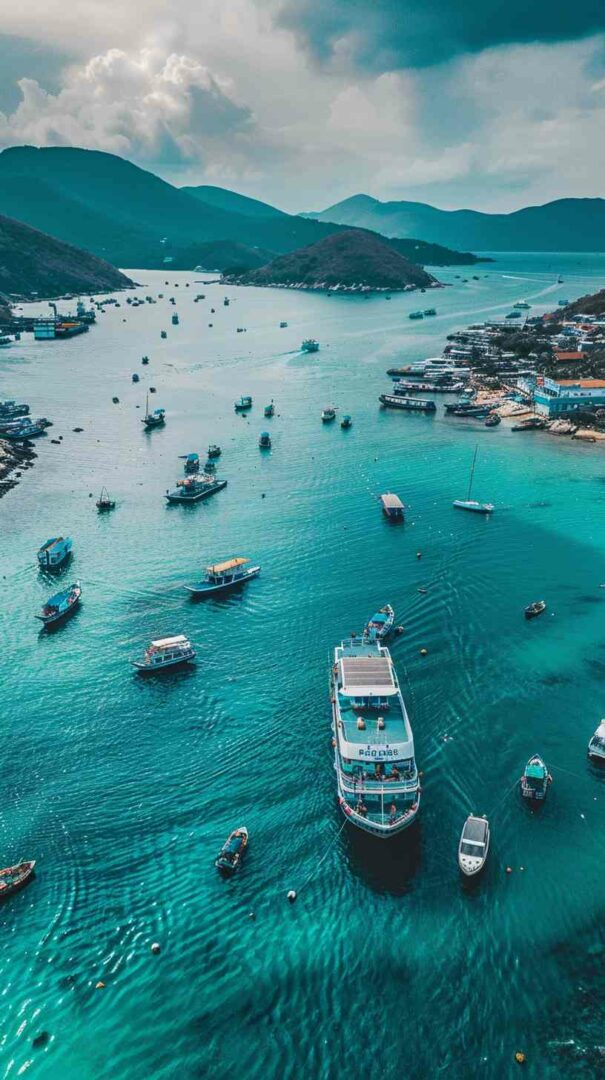
b. Deck Layout
The deck layout of a ferry is crucial for passenger movement and vehicle loading. Car ferries typically have multiple decks, with ramps or elevators for vehicle access. Passenger ferries often feature open decks for sightseeing and enclosed cabins for weather protection.
c. Safety Features
Safety is a top priority in ferry design. Life rafts, life jackets, fire extinguishers, and other safety equipment are mandatory. Modern ferries are also equipped with advanced navigation and communication systems to ensure safe operation in all weather conditions.
3. Ferry Boats in Different Regions
Ferry boats operate worldwide, with each region having its unique ferry systems and challenges. Let’s look at some notable examples:
a. European Ferries
Europe has an extensive ferry network, connecting countries across the continent. The English Channel ferries, Mediterranean ferries, and Baltic Sea ferries are all essential for tourism and trade.



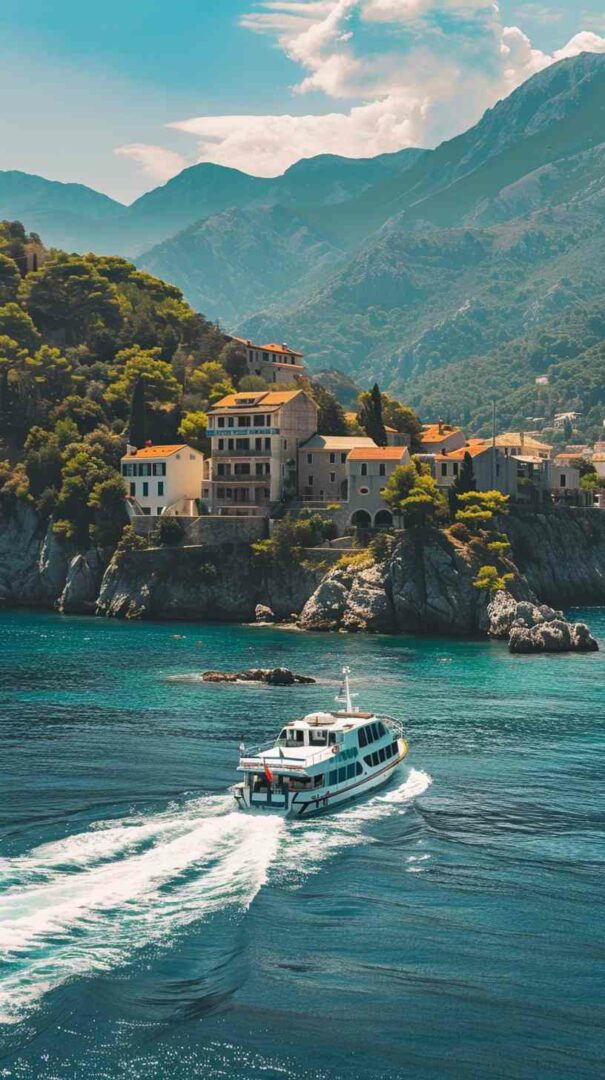





b. Asian Ferries
In Asia, ferries are vital for island nations and regions with dense populations. Japan, Indonesia, and the Philippines have extensive ferry systems, with some of the largest ferries in the world.
c. North American Ferries
In North America, ferries are used for both commuter transport and tourism. The Staten Island Ferry in New York and the BC Ferries in Canada are well-known examples.
4. The Role of Ferries in Modern Transport
Ferries play a crucial role in modern transportation by providing an alternative to road and rail. They help reduce traffic congestion, lower environmental impact, and connect remote areas with urban centers. The increasing focus on sustainability has also led to the development of eco-friendly ferries, including electric and hybrid models.



Conclusion
Ferry boats are an integral part of global transportation, offering unique and essential services across various regions and environments. From the design and features to the roles they play in different parts of the world, ferries are fascinating vessels that combine functionality with innovation. The images we’ve explored in this article provide a glimpse into the diverse and dynamic world of ferry boats, showcasing their importance and versatility in modern transport.
Happy Boating!
Share Images of a Ferry Boat 4K HD Wallpapers with your friends and leave a comment below with your thoughts.
Read Hydrofoil Image 4K HD Wallpapers until we meet in the next article.
